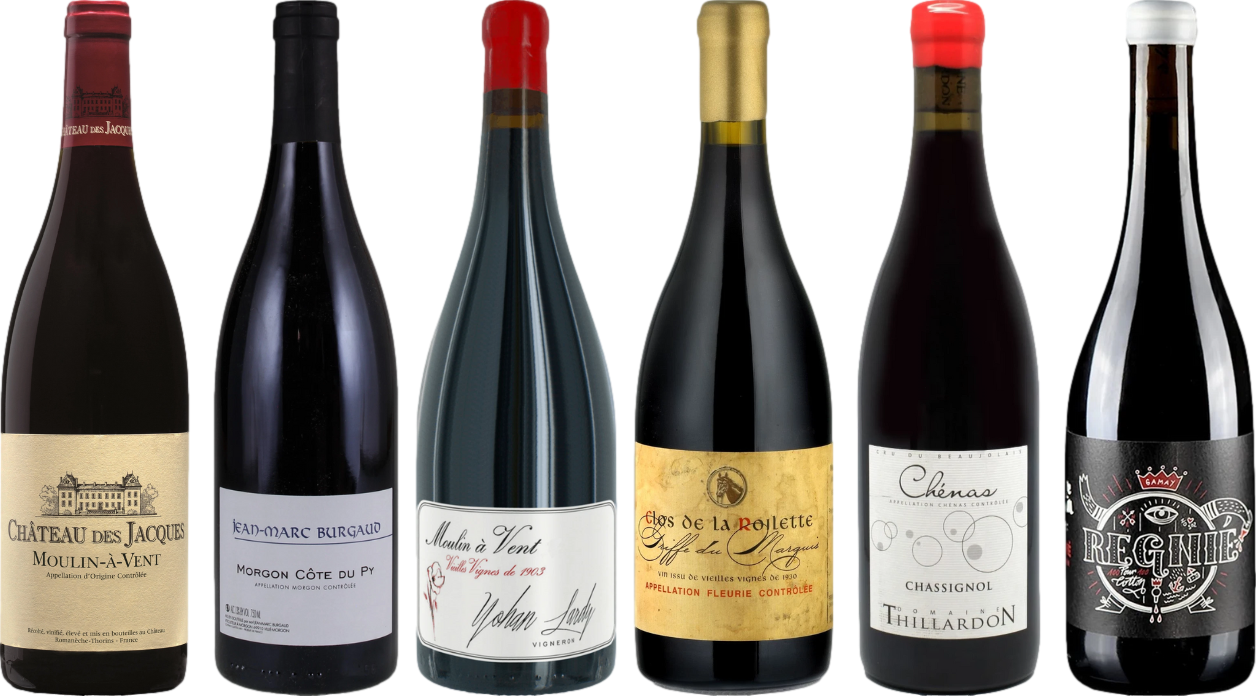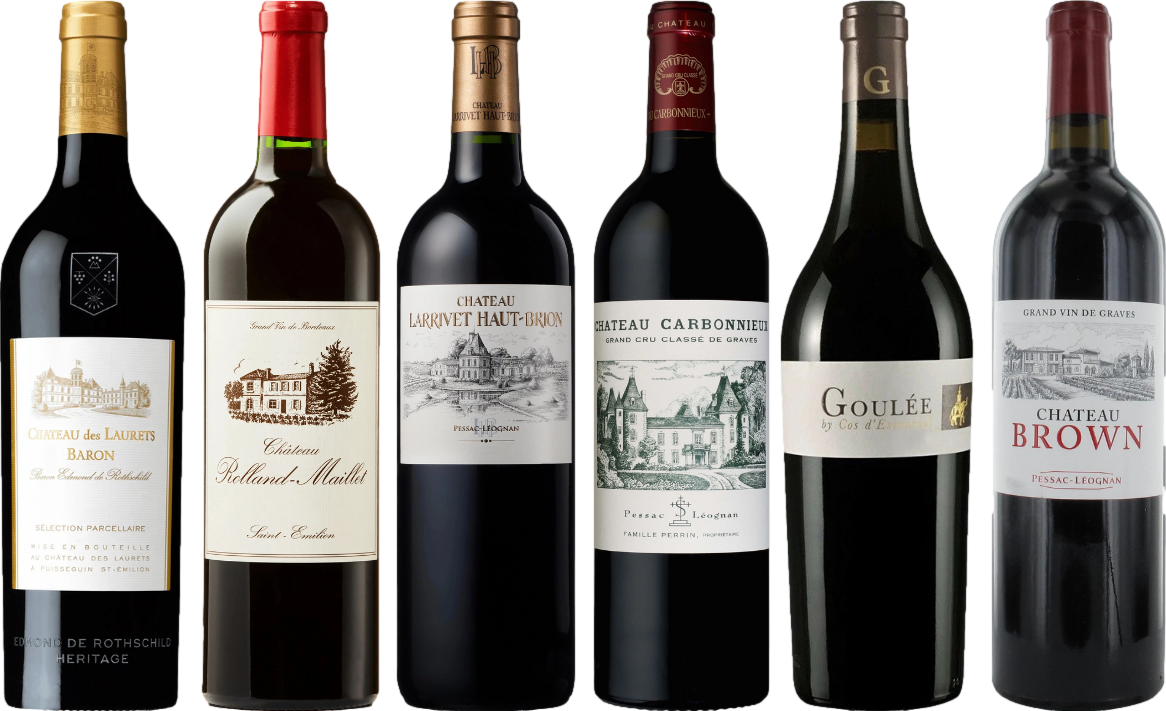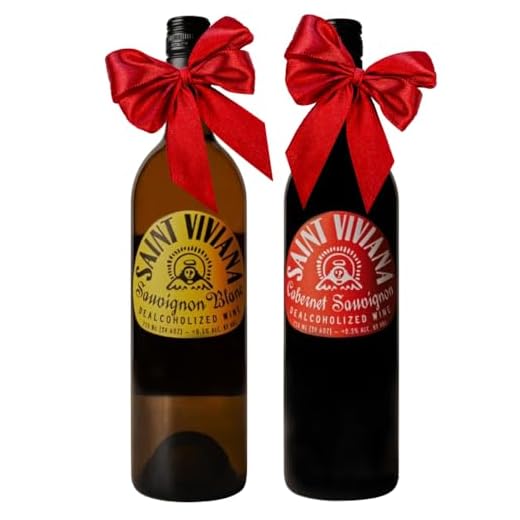



Pinot Noir stands out as an excellent choice for this fish. Its light body and bright acidity complement the rich flavors of salmon without overwhelming them. A bottle from Oregon or Burgundy showcases the complexity and elegance that enhances the dish beautifully.
Another noteworthy option is Gamay, particularly from Beaujolais. This wine’s juicy fruit notes and soft tannins create a delightful counterbalance to the savory elements often found in salmon preparations. Look for a Beaujolais Villages for added depth.
Tempranillo, especially those aged in oak, can also work wonders. The earthy notes and subtle spice from the aging process play well with grilled or smoked varieties of the fish, bringing an enticing layer of flavor to the meal.
For those who enjoy a bolder option, a light-bodied Syrah, particularly from the Northern Rhône, can provide a unique pairing. The wine’s dark fruit flavors and hints of pepper harmonize with the richness of the salmon, particularly when prepared with bold seasonings.
Pairing Options for Salmon Dishes
For a delightful accompaniment to salmon, I recommend a Pinot Noir. Its light body and subtle fruity notes complement the fish without overpowering its delicate flavors. A well-structured bottle with earthy undertones enhances the meal’s overall experience.
Another excellent choice is Gamay, particularly from Beaujolais. This wine’s bright acidity and red berry profiles create a refreshing contrast to the richness of salmon, making it a versatile option for various preparations, whether grilled, baked, or roasted.
Additionally, consider a chilled Cinsault or a light-bodied Syrah. These varieties offer a unique twist, as their berry flavors and mild tannins can harmonize beautifully with the savory notes found in salmon dishes.
When exploring these pairings, remember that the cooking method and accompanying ingredients can influence your selection. For instance, a salmon dish with a rich sauce may call for a bolder choice, while a simple herb-seasoned filet would pair well with something lighter.
If you’re interested in maintaining a clean environment while enjoying your meal, you might want to check out this link on how do i clean my roof without a pressure washer.
Choosing the Right Red for Grilled Fish
Pinot Noir stands out as an exceptional match for grilled preparation, offering a balance of acidity and fruitiness that enhances the dish. The light body and subtle earthy notes complement the smoky flavors beautifully, making it an ideal companion.
Another excellent choice is Gamay, particularly from Beaujolais. Its juicy red fruit characteristics and lower tannin levels allow the rich flavors of grilled fish to shine without overpowering them.
Temperature and Decanting
Serve these selections slightly chilled, around 55°F to 60°F, which helps to highlight their freshness. If time permits, consider decanting for about 30 minutes to allow the aromas to open up fully, enriching the overall tasting experience.
Alternative Selections
For those seeking a bolder option, a lighter Syrah can work well, especially if the dish includes spices or a glaze. Its peppery notes and dark fruit flavors can create an exciting contrast with the fish. Always consider the preparation method and accompanying sauces, as they can significantly influence the pairing.
Pairing Pinot Noir with Salmon Dishes
For an exceptional culinary experience, consider Pinot Noir alongside various salmon preparations. This varietal, known for its light body and bright acidity, complements the rich flavors of the fish without overshadowing them.
Optimal Pairings
When serving grilled or roasted salmon, opt for a Pinot Noir from regions like Oregon or Burgundy. These wines often exhibit earthy notes and red fruit characteristics, enhancing the natural flavors of the fish.
Flavor Profiles
| Salmon Preparation | Recommended Pinot Noir Style |
|---|---|
| Grilled | Oregon Pinot Noir with bright cherry and spice notes |
| Pan-Seared | Burgundy Pinot Noir with earthy undertones |
| Smoked | Cali Pinot Noir with a hint of smokiness |
| Teriyaki Glazed | New Zealand Pinot Noir with berry flavors |
This combination not only elevates the dish but also allows for a delightful exploration of flavors that can turn a meal into a memorable occasion. Choosing a Pinot Noir tailored to the preparation method will certainly enhance your dining experience.
Exploring Merlot Options for Salmon Recipes
For a delightful pairing, consider a medium-bodied Merlot. Look for options that showcase fruit-forward profiles with soft tannins, complementing the nuances of the fish.
- California Merlot: Offers rich plum and cherry flavors, often with hints of chocolate or spice. These characteristics enhance grilled preparations.
- Bordeaux Merlot: A blend from the Right Bank, typically exhibits earthiness and herbal notes. This complexity works well with herb-seasoned dishes.
- Washington State Merlot: Known for its balanced acidity, this choice often features a mix of ripe red fruits and subtle oak, making it versatile for various salmon preparations.
When selecting, consider the cooking method:
- Grilled: A fruit-forward California Merlot harmonizes beautifully with charred flavors.
- Baked: Opt for a Bordeaux-style, as its earthy undertones can enhance the dish’s richness.
- Pan-Seared: A Washington Merlot pairs excellently, as its acidity cuts through the fish’s natural oils.
Experimenting with these options will lead to satisfying combinations, elevating your culinary experience.
Understanding Tannins and Their Impact on Salmon
Tannins in beverages play a significant role in their overall taste profile, especially when paired with fish. Low-tannin options are preferable for enhancing the flavors of various seafood dishes. For instance, choosing a light-bodied option ensures a harmonious balance, preventing the tannins from overpowering the delicate taste of the protein.
The Role of Tannins
Tannins contribute to the astringency and texture of a drink. High-tannin selections can clash with the natural oils found in fish, leading to an undesirable taste experience. Opting for wines with softer tannins, such as certain varietals, can complement the richness of the dish without overwhelming it.
<h3 Selecting the Right Pairing
Selecting beverages with low to moderate tannin levels can elevate your dining experience. Look for options where the fruit-forward characteristics balance the dish’s inherent flavors. This approach not only highlights the nuances of the meal but also enhances the overall enjoyment, creating a pleasant synergy between the two elements.
Serving Temperature: Optimal Conditions for Pairing
Serve your chosen beverage at 55-65°F (13-18°C) to enhance the experience alongside the fish. This temperature range allows the flavors to fully express themselves, balancing the fruitiness and acidity found in many varietals.
Chilling Techniques
To achieve the ideal temperature, consider placing the bottle in an ice bucket for about 20 minutes before serving. Alternatively, refrigerate it for 30 minutes. Avoid serving it too cold, as this can mute the flavors and aromas.
Glassware Recommendations
Utilize a bowl-shaped glass to facilitate aeration. The wider opening helps capture the delicate scents, while the shape allows for better swirling, enhancing the overall tasting experience.
By focusing on the right serving conditions, you can elevate the enjoyment of your meal, creating a memorable dining occasion.
Regional Selections That Complement Salmon Flavors
For an exquisite pairing experience, consider exploring regional varieties that harmonize beautifully with fish dishes. Here are some top recommendations:
Oregon Pinot Noir
The Willamette Valley is renowned for its elegant Pinot Noir, characterized by bright acidity and subtle earthiness. This profile enhances the richness of grilled or roasted fish. Look for producers like Domaine Serene or Archery Summit for standout options.
California Zinfandel
While traditionally known for its bold fruit, certain Zinfandels from regions like Paso Robles present a spicier, more nuanced profile. This complexity can elevate dishes featuring teriyaki or cedar-planked preparations. Seek out producers such as Ridge Vineyards for quality selections.
Spanish Garnacha
Garnacha from regions like Priorat or Rioja offers a delightful balance of ripe fruit and herbal notes. These wines can complement dishes with Mediterranean influences, especially those featuring tomato-based sauces or olives. Look for producers like Alvaro Palacios for a remarkable experience.
Italian Chianti
A Chianti Classico presents bright cherry flavors paired with herbal undertones, making it a versatile partner for various fish preparations. Its acidity cuts through the fat of dishes like salmon and pesto. Consider options from producers like Castello di Ama for an authentic taste.
Australian Shiraz
Shiraz from regions like Barossa Valley can bring a bold, fruity character that enhances richer fish preparations, such as salmon with a sweet glaze. Look for wines that balance fruitiness with a hint of spice, such as those from Penfolds.
- Oregon Pinot Noir – Bright acidity and earthiness
- California Zinfandel – Bold fruit with spiciness
- Spanish Garnacha – Ripe fruit and herbal notes
- Italian Chianti – Bright cherry flavors and acidity
- Australian Shiraz – Bold, fruity with spicy hints
Regional offerings can surprise and delight. Each bottle can enhance the overall dining experience by providing a unique complement to various fish dishes, especially those featuring salmon.









